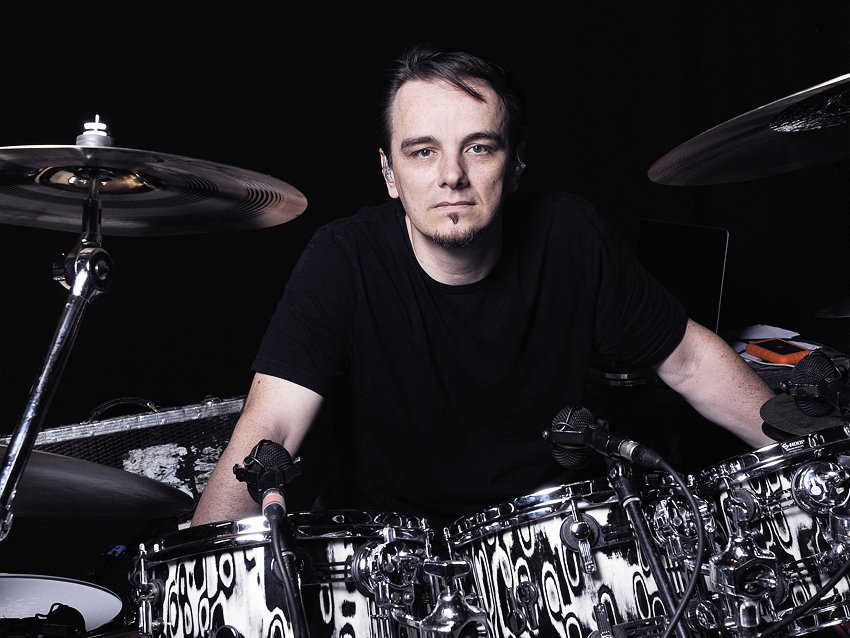
Gavin Harrison picks 10 essential drum albums
On recordings by everyone from Lisa Stansfield to Iggy Pop, and of course, through with his widely celebrated work as a member of Porcupine Tree, Gavin Harrison has become one of the most respected and influential drummers in the world today. His highly sophisticated and remarkably intuitive playing is analyzed by fellow players with an almost forensic intensity. And yet, in some ways, Harrison would argue that dwelling on his own contributions to recordings misses the point.
“I was never interested in only the drumming on great albums," he says. "To me, it was about all the music, and if I happened to like the drumming that was a big plus. If the focus is on drumming by itself, then I might as well be listening to a drum solo. Certainly, there are bands that have drummers who are exceptional, but an album should be a whole – and that’s what makes both great albums and great drum albums."
Harrison came by his love of music early and easily through the influence of his father, a professional jazz trumpet player. Naturally gifted on the drums, Harrison practiced obsessively – when not devouring his father's extensive collection of jazz and big band albums. “I had a very untypical childhood," he says. "I could hear Yes, ELP, The Beatles and Deep Purple coming out of my eldest brother’s bedroom, and I didn’t like them at all. I was very much into jazz. Of course, 10, 20 years later, I got around to really listening to Led Zeppelin or appreciating The Beatles, and I thought they were great."
Harrison admits that, in his younger years, he focused on the drums when listening to records. "It could be the sound, the fancy fills or the timing of the drummer that got to me," he says. But at a certain point, a switch flipped and he began to appreciate the whole rather than the sum of the parts. "I became more impressed by how the music and the drummer actually made me feel."
In his own idiosyncratic way, Harrison breaks down essential drum albums as those that have been constructed with a thoughtful blend of taste, balance and art. "I can recognize in design when people are paying attention to these things," he says. "Think about it: A car is just four wheels, an engine, a few seats, and if you drew it on a blackboard you’d have a box with four wheels and a steering wheel.
“Now, compare that to an Aston Martin or a Bentley – there’s beauty there. Those cars do the same thing as the box with wheels, but they have beauty in the design. That’s what I look for in music – beauty in the choices."
On the following pages, with careful consideration given to purpose and effect, Harrison discusses what he considers to be 10 essential drum albums, listed chronologically as they entered his life. No doubt, readers will find much beauty in his choices.
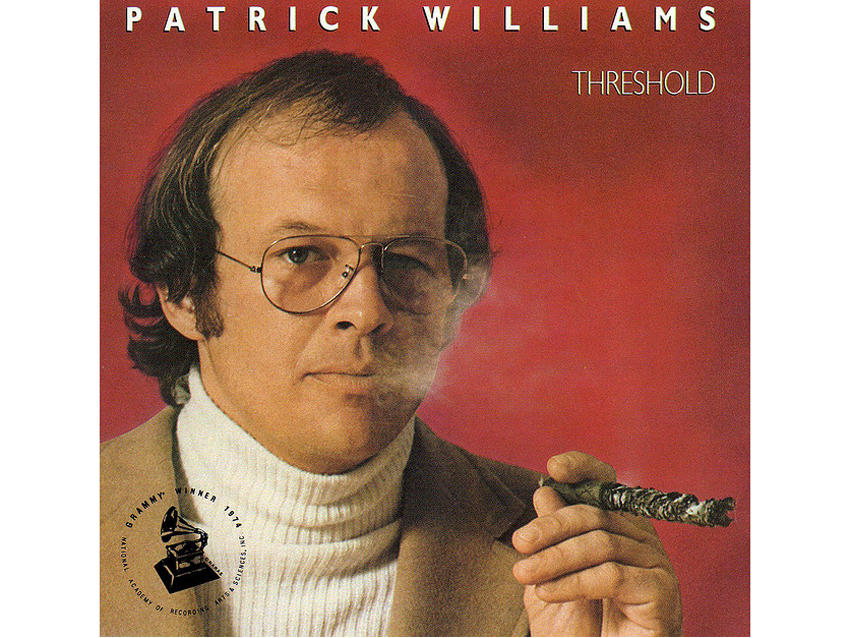
Patrick Williams - Threshold (1973)
“This album had the biggest influence on me as a child. Patrick Williams is a big-band arranger, and he did the music for The Street Of San Francisco and a lot of TV shows. They were very contemporary, modern big band recording with unusual sound groupings. He had a guy play tabla with a big band, for example.
“The drummer on this record was a guy named John Guerin, who was a very popular LA session player. He was married to Joni Mitchell, and I think he played on some of her albums. I was heavily influenced by my father, who was a trumpet player; he was really into big bands, and so this became one of my favorites. I was 11 years old, and he would play it all the time. I still get goose bumps hearing it now.
“It’s one of those records that turned out to be eternally modern. Forty some years later, it still sounds fresh in its concept and the way it was written, even if some of the sounds are bit old because they came from the 1970s.
“It was recorded in an unusual way in that the brass section was overdubbed after the drums, bass and piano. There’s two trumpet players, and they track all the parts; and a sax player, who also tracks the parts. It’s sound-on-sound, and the performances are very tight.
“John’s playing is magical. He’s on all of those Dirty Harry films, and sometimes he’s just using brushes for two or three minutes. He’s got a very unique style, and it’s one that's had a big impact on me.”
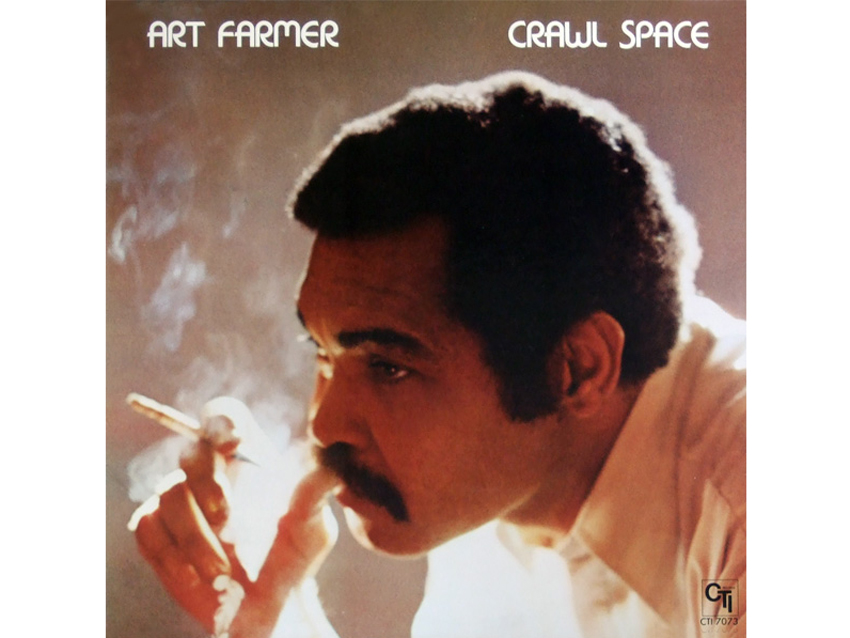
Art Farmer - Crawl Space (1977)
“Art was a great jazz legend who started out in the ‘50s, possibly the late ‘40s. There’s that incredible picture of all the jazz musicians in Harlem, all standing up in front of this big house. Art Farmer is at the very top of the picture.
“This is one of the first albums I heard with Steve Gadd playing drums. When you see those films from the ‘50s and they’re talking about the future, this is like that: five guys in a room imagining what the future will be like in 50 years’ time.
“On this record, Steve Gadd invented a whole new language on the drums. He may have well done it before this, but it’s the first record I had heard where he played in this particular way. It blew my mind.
“He plays a simple beat between the bass and snare drums, but there’s a lot quiet ghost-note details between the main beats. He plays a lot of fast 32-note flurries – dramatically reduced volume ghost notes. So you still had the 1 on the bass drum and the 2 and 4 on the snare drum, but there was all of this enormous detail going on between the hi-hat and snare drum.
“Funnily enough, he plays most of the album on brushes, but he does so in a way that creates a real sound difference. Rather than playing the brushes like you would on a jazz tune, scraping and swirling them around on the snare drum to give you that white noise sort of sound, he plays them as if they’re sticks. This accentuates all of the fast ghost notes.”
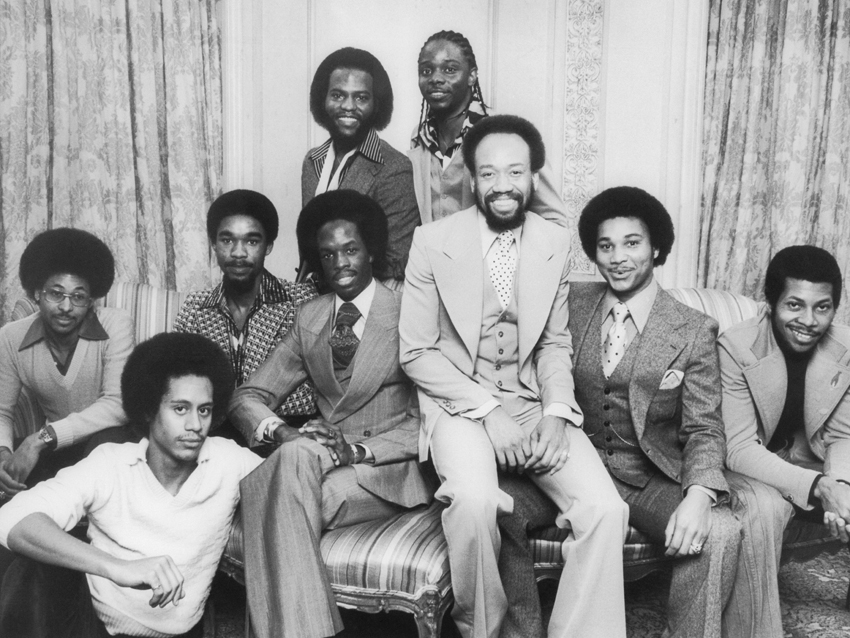
Earth Wind & Fire
“Taking these three albums together, you have all of the band’s classic songs from the ‘70s. I used to listen to them so much that I can’t actually remember which songs are on what albums, but I know that all three are absolutely killer.
“The drummer is Freddie White, who is simply fantastic. At the time of these records, in the mid- to late-‘70s, it was the punk revolution in England. While my friends were buying The Clash and the Sex Pistols, I would have to hide my Art Farmer, Pat Williams and Earth, Wind & Fire records. The only album I had that people would accept was New Boots And Panties!! by Ian Dury, which isn’t on my list here, although it is a great record.
“Earth, Wind & Fire have amazing songs and grooves. Freddie White never gets enough credit, in my estimation, as being somebody who made a big difference. I don’t know how these records were made, whether the band all played live in the studio or if things were done some other way, but however it happened, it worked beautifully. Amazing stuff.”
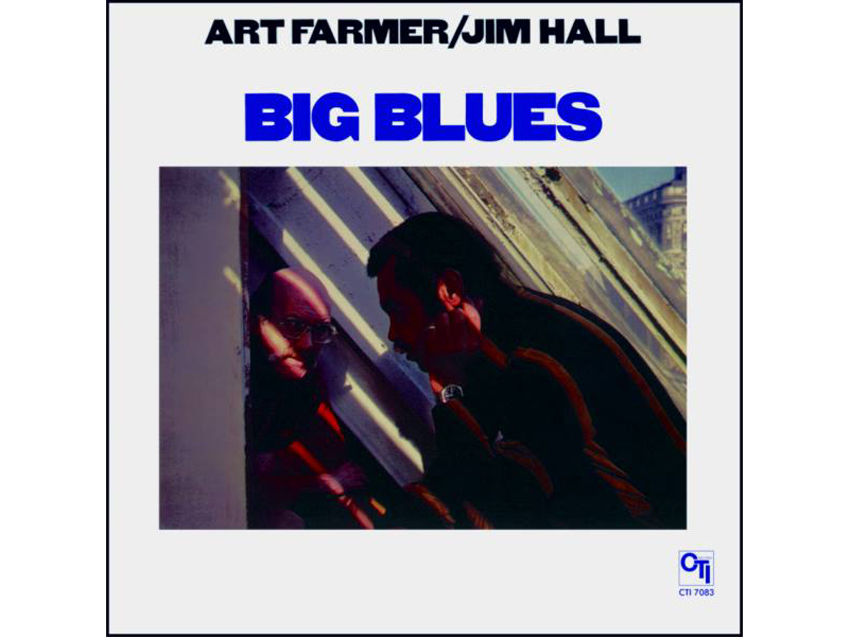
Art Farmer/Jim Hall - Big Blues (1978)
“This record had a very big impact on me. It’s Art Farmer in 1978, and the guitar player is Jim Hall, another great jazz legend. The album is the follow-up to Crawl Space – a different band, but the drummer, once again, is Steve Gadd. It’s Steve Gadd playing swing, which I hadn’t heard him do before.
“It’s a beautiful record. There’s only four tracks on it, on vinyl, of course – two tracks per side. What’s great about it is the amazing, sensitive and musical drumming. Drums are a pretty hard instrument with which to evoke any other emotion than massive excitement. You can create atmospheres on the piano or with a trumpet – drums are different. But Steve Gadd, in my view, played in a very melancholic way. His performances on this record really changed the way I viewed the drums.
“Ripping around the drums at a hundred miles per hour is something that anybody can achieve if they’re willing to practice. Very few people can achieve melancholic musicality on a drum kit – that’s a really hard thing to do.
“In addition, Steve Gadd opened me up to minimalism, which is something my dad was really into. He wasn’t a loud, high, screeching trumpet player. He really liked Miles Davis, Clifford Brown, Chet Baker – and I’m a massive Chet Baker fan.
“The art of minimalism is one that comes down to design. You can easily compare architecture, how beautiful some things are and how ugly other things happen to be. Minimalistic buildings can be great, and other times they’re horrible. At the end of the day, it’s a question of taste. That’s something Chet Baker had, as much as anyone I’ve ever heard. Steve Gadd felt like he could do the drum equivalent of that.”
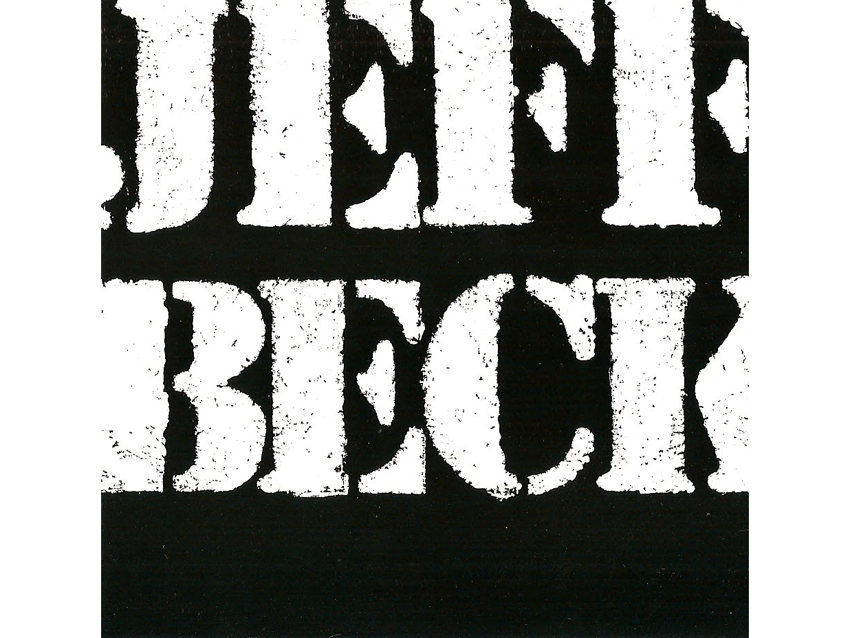
Jeff Beck - There & Back (1980)
“Simon Phillips is on drums. I had a bizarre connection with him because my dad used to play with his dad’s band. In fact, Simon, his dad and his mom used to live about two miles from where I’m sitting now in London. So I knew Simon when I was a very small child.
“My dad would take me to as many concerts as possible, and some of them were Sid Phillips concerts, with a then 13-year-old Simon Phillips playing in his dad’s band.
“When I heard There & Back, I thought, Yes… This is real rock drumming as it should be. It’s great feeling music, really great tunes, with Simon navigating his way beautifully and very stylistically around it all. At this point in 1980, I hadn’t seen him in a while, probably since 1973. A lot of time had passed, and now every drummer in England had heard of him and knew how great he was. He was just a drum god. A very compelling player.”
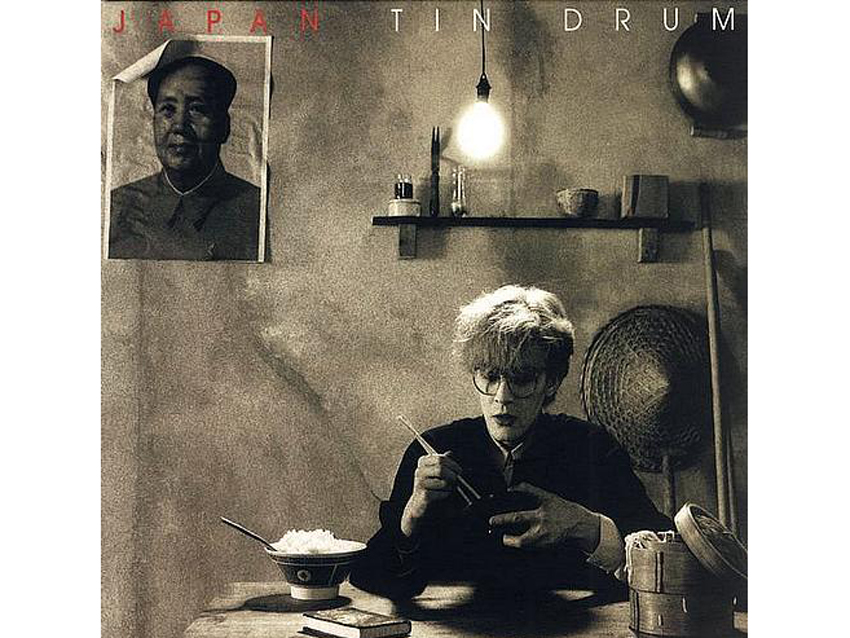
Japan - Tin Drum (1981)
“Japan were a pop band in the late ‘70s/early ‘80s, and this was their last record. It brought together, at a moment in time, Mick Karn, an exceptional bass player who died, unfortunately, two years ago, and one of my favorite drummers, Steve Jansen.
“Now, Steve Jansen would sit here and tell you he’s not much of a drummer and has absolutely no technique. But what fascinated me were the incredible rhythmic designs between the bass and drums. They broke all the rules; there was no sort of ‘follow-the-bass-drum-with-the-bass’ Motown-style or putting the snare drum on the 2 and 4. They just made up weird, quirky rhythmic patterns where Mick would play between Steve’s notes.
“Steve is a very stylistic drummer, but he’s very, very simple. I don’t think he’s ever played a hard fill in his life, and he would probably tell you that he can’t. He came at drumming like a photographer – or somebody who’s not a drummer. Pretty much any drummer I listen to, I can hear where they’re coming from; I can tell their historic path. Steve Jansen might as well have stepped off another planet. I couldn’t understand where he got any of this stuff.
“This is an immensely modern record. It’s like part electronica/part ‘80s sci-fi record. I know both Neil Peart and Danny Carey are very keen on Tin Drum.
“The keyboard player from Japan is Richard Barbieri, who is now the keyboard player in Porcupine Tree. I got lucky enough to know Mick Karn before he died – I played on one of his records, he played on one of mine, and I went on tour with him. And I also got to know Steve Jansen reasonably well, too.”
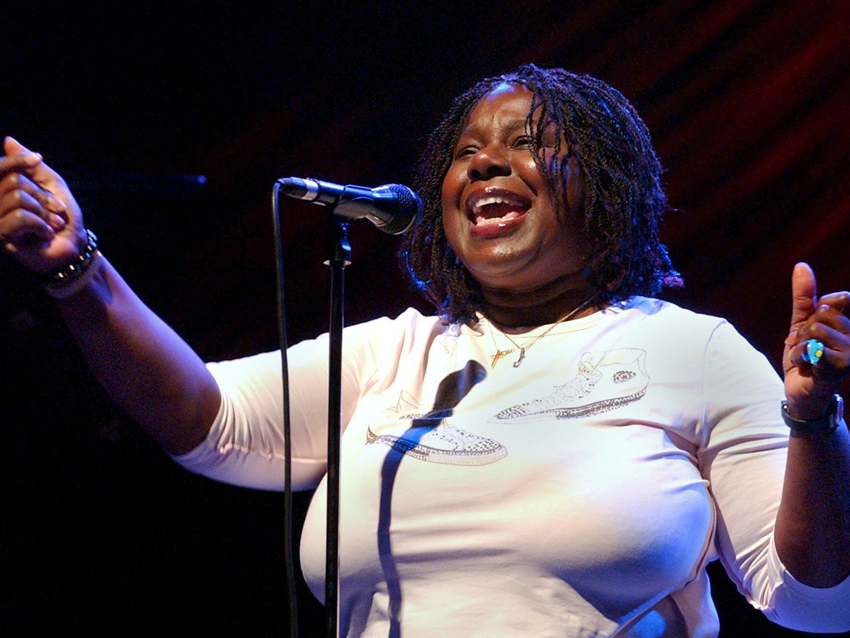
Randy Crawford
“I have a feeling that the music you hear between the ages of 13 and 19 ends up really influencing the rest of your life. Jeff Porcaro is the drummer on Secret Combination, a record that has had a huge impact on me. It’s really a master class on groove and how to play a song. I still listen to it today and marvel at A) his sense of time and B) the dynamics and sense of shape he gives the songs.
“This is something I think about a lot: How can I shape the songs into something better, more musical and dynamic? And really, all of the answers are on this album, as Jeff Porcaro spells it all out, if you know what to listen for.
“There’s no flash drumming on it at all – no flash fills, nothing that is going to send you running for the hills. There’s so many great recordings of him, and this is just one.
“There’s another record called Windsong, which came out the following year, and I used to have a cassette with Secret Combination on one side and Windsong on the other. I played this cassette in my car for what felt like years. I couldn’t eject it – it was so good, so nice. That was the great thing about cassettes: you couldn’t really skip over songs, so you wound up listening to the whole album.
“These two albums are almost identical bands, both Tony LiPuma productions, with Jeff Porcaro on drums. I would just cycle round and round on them forever.”
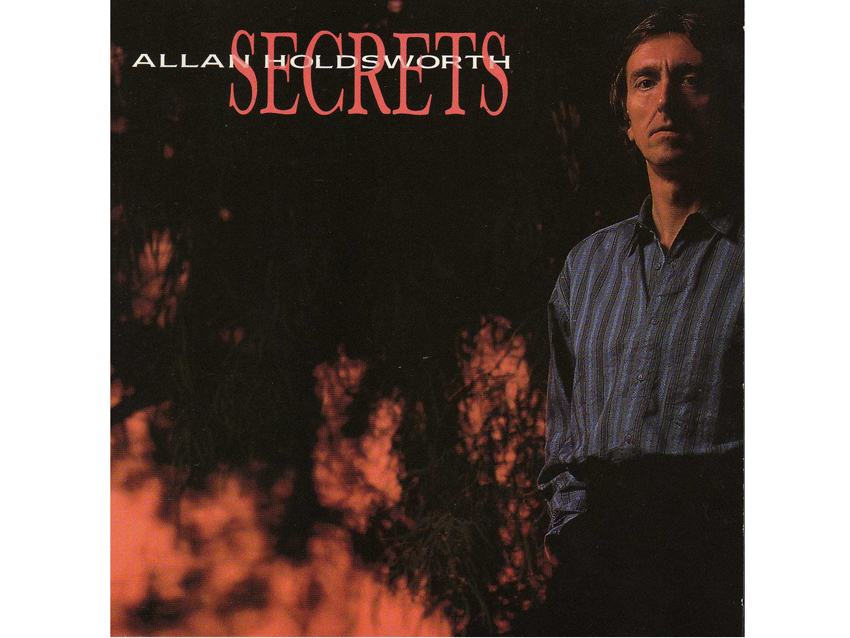
Allan Holdsworth - Secrets (1989)
“This one really is a drumming album. Pretty much every drummer I know would have it on their list of desert island discs. I had heard Vinnie Colaiuta play on Frank Zappa’s Joe’s Garage, which really impressed me, and on some pop albums in the ‘80s with Nik Kershaw and Joni Mitchell. Then, out of nowhere, I heard him on this record, and it was like the same experience I had with Crawl Space: it was a whole new language he was using.
“It wasn’t so much tempo information he was playing; it was like John Coltrane on a saxophone. He was playing with wild abandon, although, in fact, it was all incredibly accurate.
“When I heard it, I thought, All right. No matter how way-out any of my ideas might be, they pale in comparison to what Vinnie Colaiuta is doing on this record. This is another world. It made me realize that I had to reach a lot further. It was such a kick in the ass. The way he was playing in 1989 was miles ahead of anyone else; it was like 30 years into the future.
“I still haven’t heard anybody play like this. Allan Holdsworth’s music can be quite quirky and odd, and Vinnie Colaiuta’s drumming makes some sort of beautiful madness sense out of it all. In fact, I seldom get past the first song, which is called City Nights. It’s so intense – there’s a lifetime of drumming in it. Normally, I’m worn out by the end of it, and I have to go and lie down.”
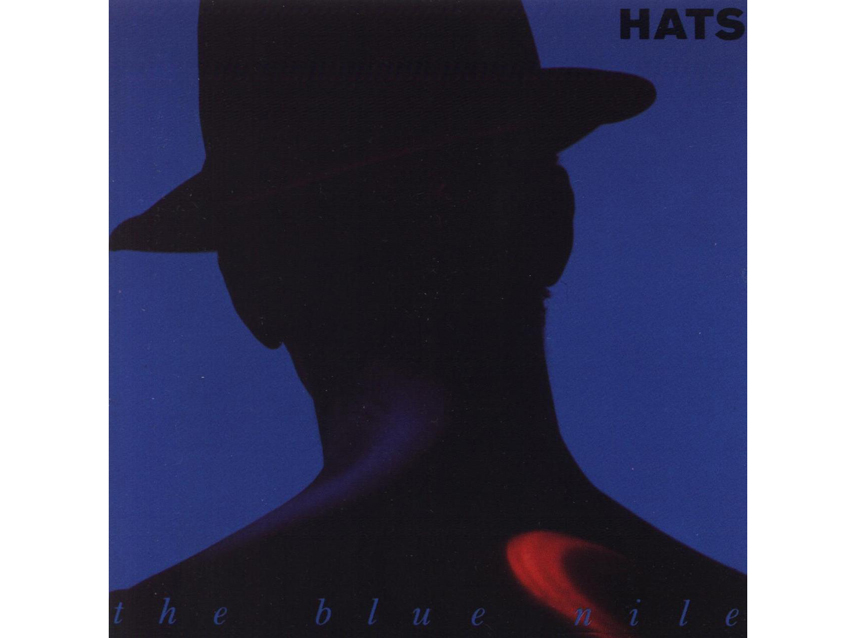
The Blue Nile - Hats (1989)
“Here’s a bit of a curveball. This is a record with no drummer on it whatsoever, except for very, very simple drum machine. The band is a bass player, keyboard player, and then the guitarist-singer Paul Buchanan. Between the three of them, they obviously decided what the drums should do.
“The album came at a time in my life when I was searching for answers, and I became completely addicted to it. A record only comes along every 10 or 15 years where I wake up in the morning and crave it. I couldn’t stop listening to it, and during those times when I wasn’t listening to it, I was walking down the street singing it to myself. It’s quite an extraordinary record.
“Around this time, I stopped thinking like a drummer and started thinking like a musician. This is a great album, with beautifully crafted songs and the most incredible vocal performance I’ve ever heard. The background effect of very simple drum machine, which quite often played a one-bar loop through the song, didn’t offend me; in fact, it turned the attention completely on to the singer.
“It made me realize that the drums don’t always have to be in your face, stealing the show. Sometimes the best part you can come up with… is nothing. Maybe I won’t play through the first verse. Maybe I should come in on the first chorus. Some songs are best without drums, or maybe they should have something very simple.”
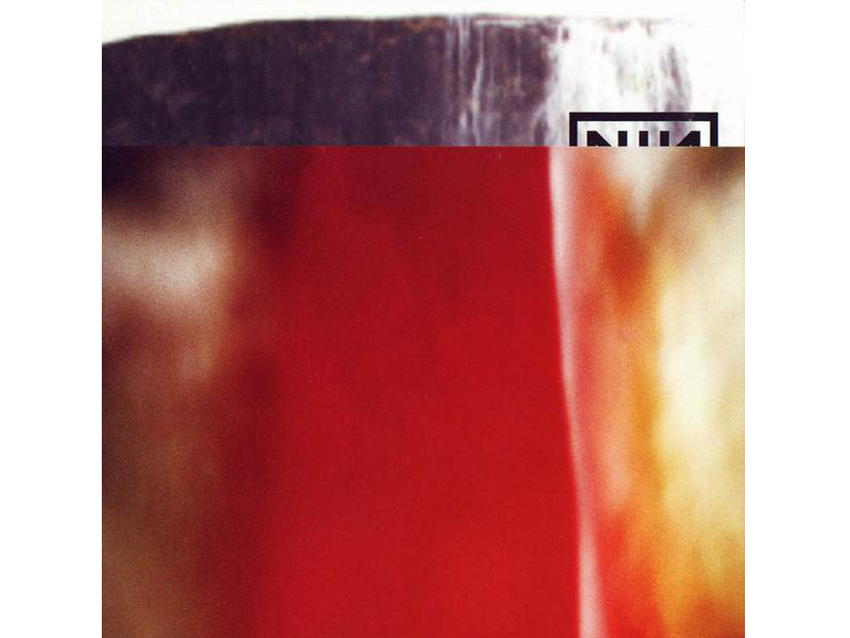
Nine Inch Nails - The Fragile (1999)
“This is another one of those records that, when I heard it, I thought, I’ve just got to keep hearing this every day. Lots of programming, but I believe that Tony Thompson plays drums. He’s a drummer whose groove I’ve always enjoyed – what he did back in his Chic days, with Robert Palmer stuff and even on Madonna’s record.
“He had a way of hitting the bass drum and the snare drum in a certain way of timing that just felt great – like Steve Gadd, like Jeff Porcaro, like John Robinson. Such a simple thing, going ‘Boom-bahh! Boom-bahh!’ – there’s a million different ways you can do that in subtle, micro-millisecond timing. And Tony had an amazing feel.
“The album is marvelous, with themes that start in one song and drift into another. It’s an absolute masterpiece, one that really made me a fan of Nine Inch Nails."

Joe is a freelance journalist who has, over the past few decades, interviewed hundreds of guitarists for Guitar World, Guitar Player, MusicRadar and Classic Rock. He is also a former editor of Guitar World, contributing writer for Guitar Aficionado and VP of A&R for Island Records. He’s an enthusiastic guitarist, but he’s nowhere near the likes of the people he interviews. Surprisingly, his skills are more suited to the drums. If you need a drummer for your Beatles tribute band, look him up.
"Reggae is more freeform than the blues. But more important, reggae is for everyone": Bob Marley and the Wailers' Catch a Fire, track-by-track
“Part of a beautiful American tradition”: A music theory expert explains the country roots of Beyoncé’s Texas Hold ‘Em, and why it also owes a debt to the blues
"Reggae is more freeform than the blues. But more important, reggae is for everyone": Bob Marley and the Wailers' Catch a Fire, track-by-track
“Part of a beautiful American tradition”: A music theory expert explains the country roots of Beyoncé’s Texas Hold ‘Em, and why it also owes a debt to the blues









